|
7th January 2020 It's the first Tuesday of the year and we're NOT at 'The Sovereigns' (Which is closed for refitting.), instead we're at 'The Wheatsheaf' in Woking for board gaming. Tonight, we're playing Taverns of Tief....err? Taverns of Tiefe... err? It's a game where you run a pub! So this game tries it's best squeeze in as many game mechanics as it can. Deck building - yep. Card drafting - yep. Dice drafting - yep. Dice placement - yep. Resource management - yep. Hidden Role - y... wait no, that's about the only thing missing! What's in a game? So Taverns of Tiefenthal comes with some optional extras or expansions, apparently we used all of them in the game we played. So there's a lot of components.
Many of the game's components are made of nice and thick card stock, including the beer mats. The artwork is quite nice and colour and there's some nice detail on the tavern board and tiles. How's it play? We begin with setup.
That covers most of the setup. Now to explain what does what. Let's start with the tavern board. Many of the abilities on the board are activated by placing dice of a specific value on them.
Guest cards are acquired by spending beer.
So at last, finally, we get to how the game plays. Each round is player over several phases.
Endgame Play continues for 8 rounds. Victory points are scored from the cards that players bought Points are tallied, highest score wins. Overall
Taverns of Tiefenthal requires a lot of explanation (As you can see above), but in play is actually quite straightforward. It's more of a game about optimizing strategies than complex rules. The game gives you a lot of choices and options. Occasionally these will be meaningless decisions because of how the dice fall, but most of the time you'll have to choose between different actions. A player will nearly always have more options available than actions to perform them. This is makes a good game in my opinion. There's nothing particularly unique about the game, other than how it blends certain game mechanics together to emulate it's subject quite well. The game's presentation is also very good with well made components and colourful and well produced art. The game's only drawback is its setup time, there's quite a lot to do. But I think the payoff is worth it as I enjoyed it.
0 Comments
Leave a Reply. |
AuthorI play, I paint. Archives
March 2024
Categories
All
|

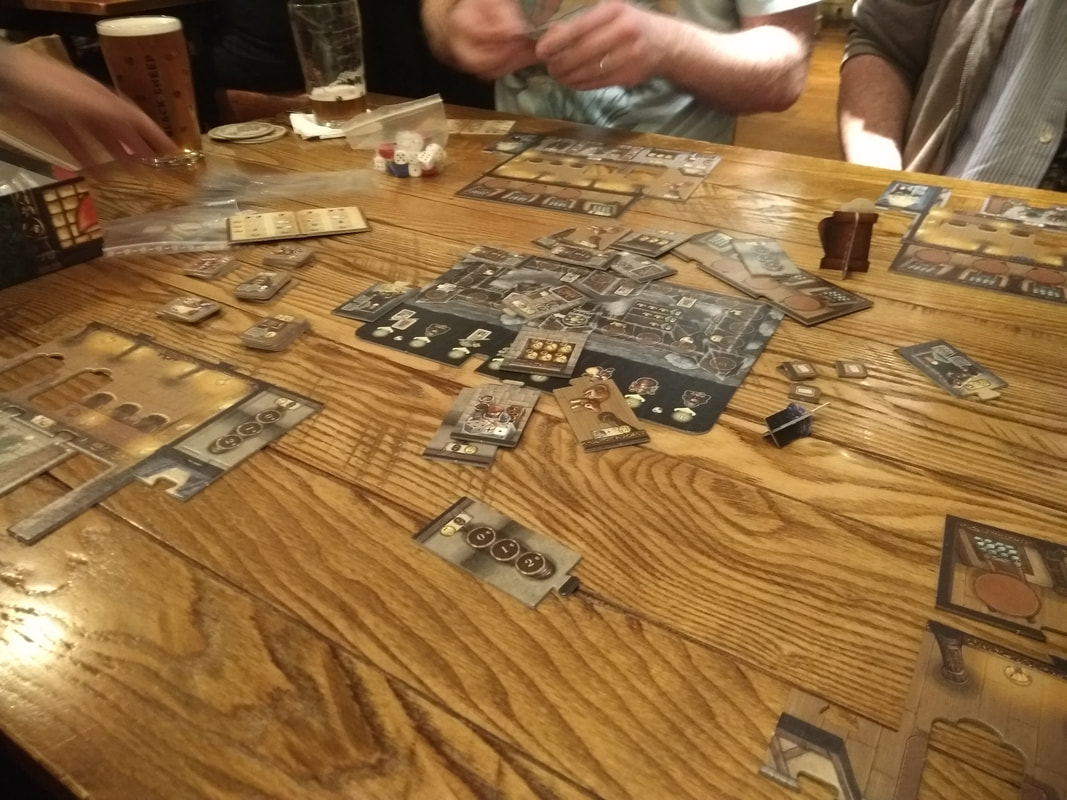
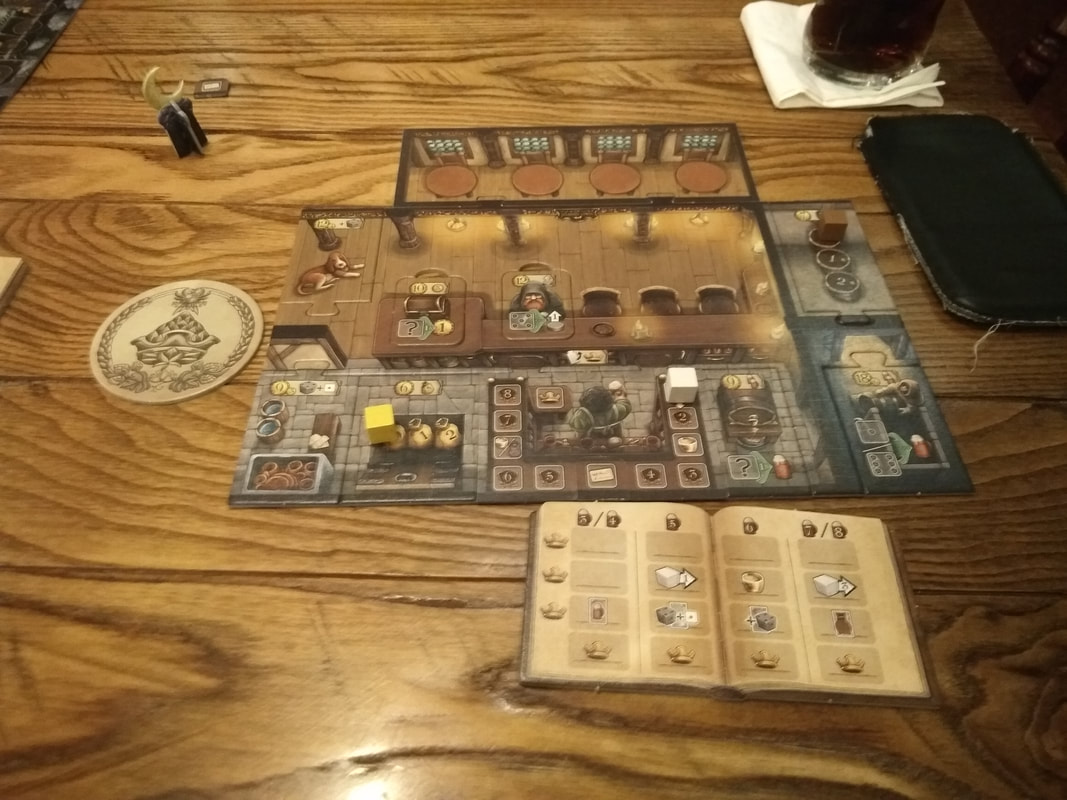
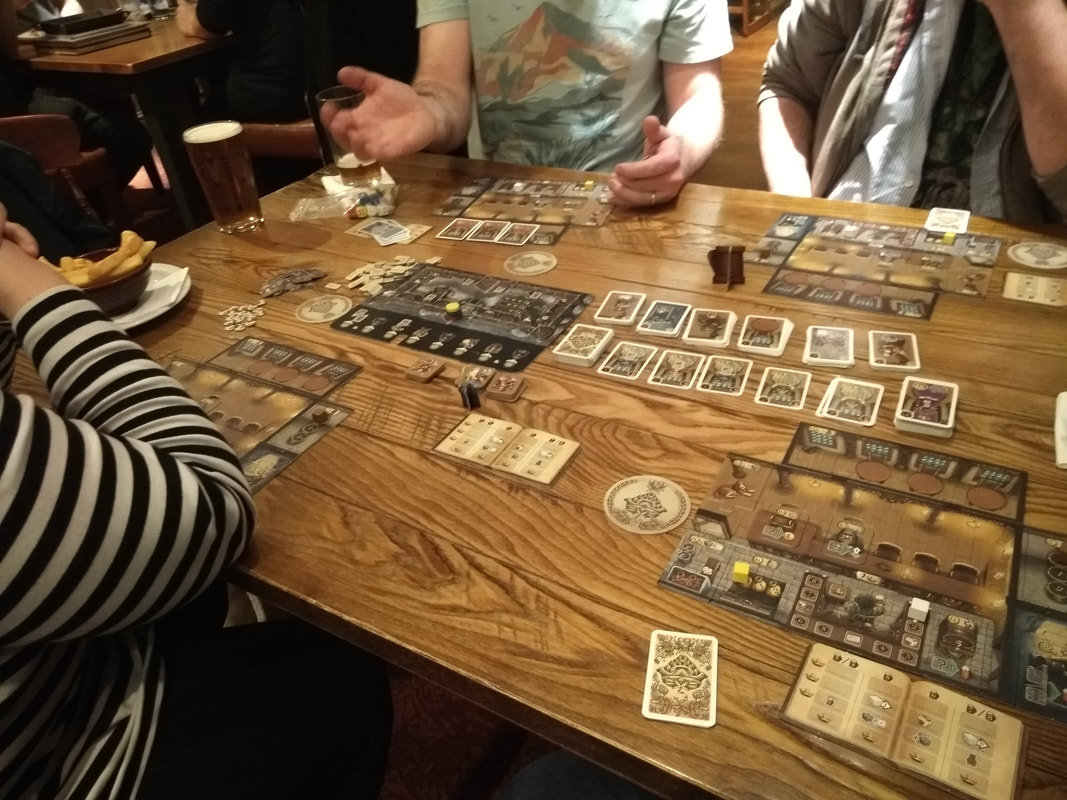
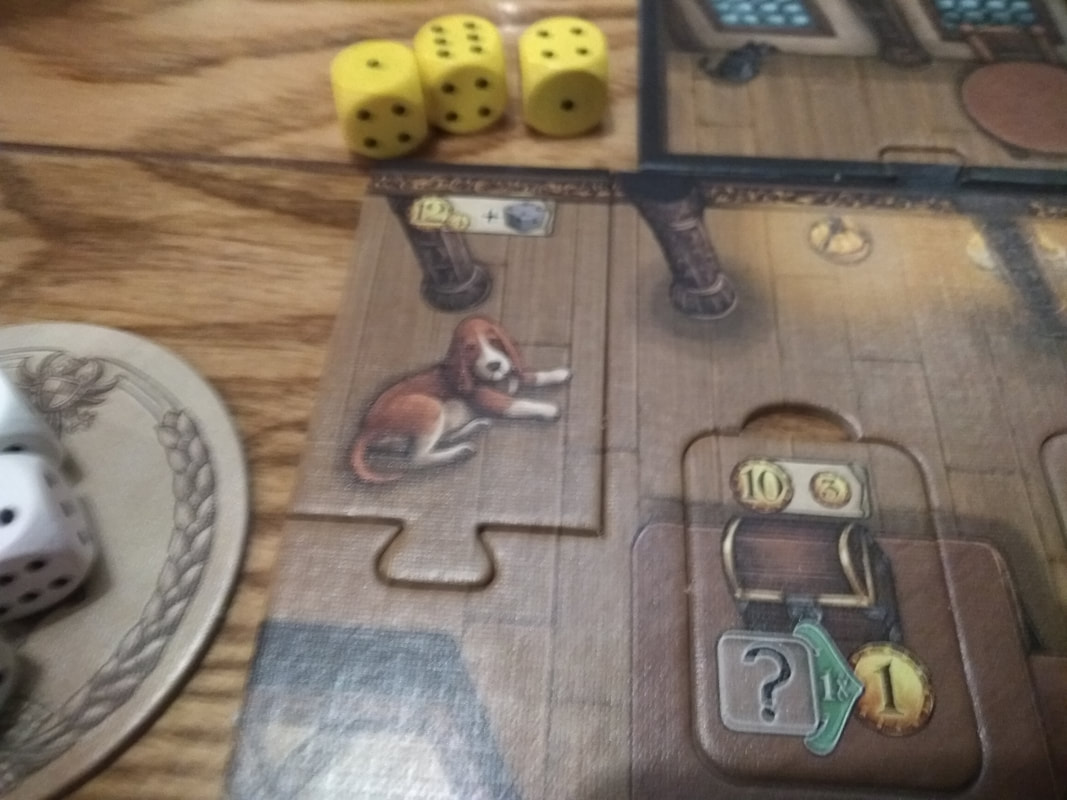
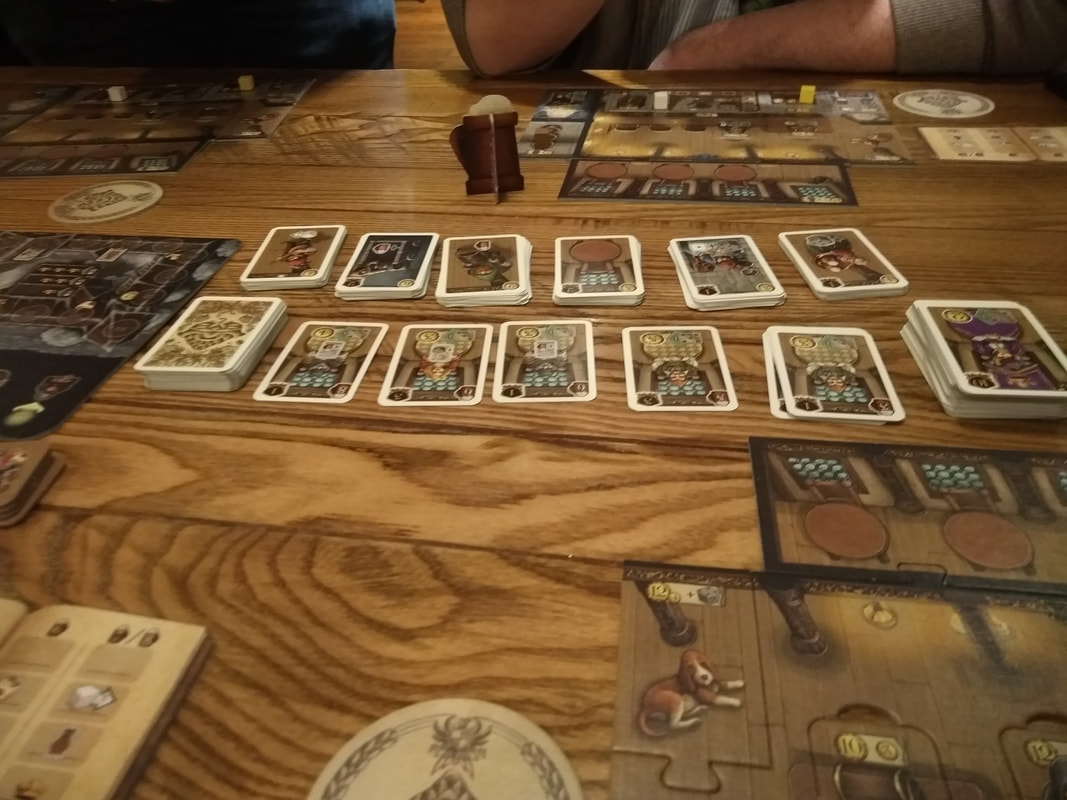
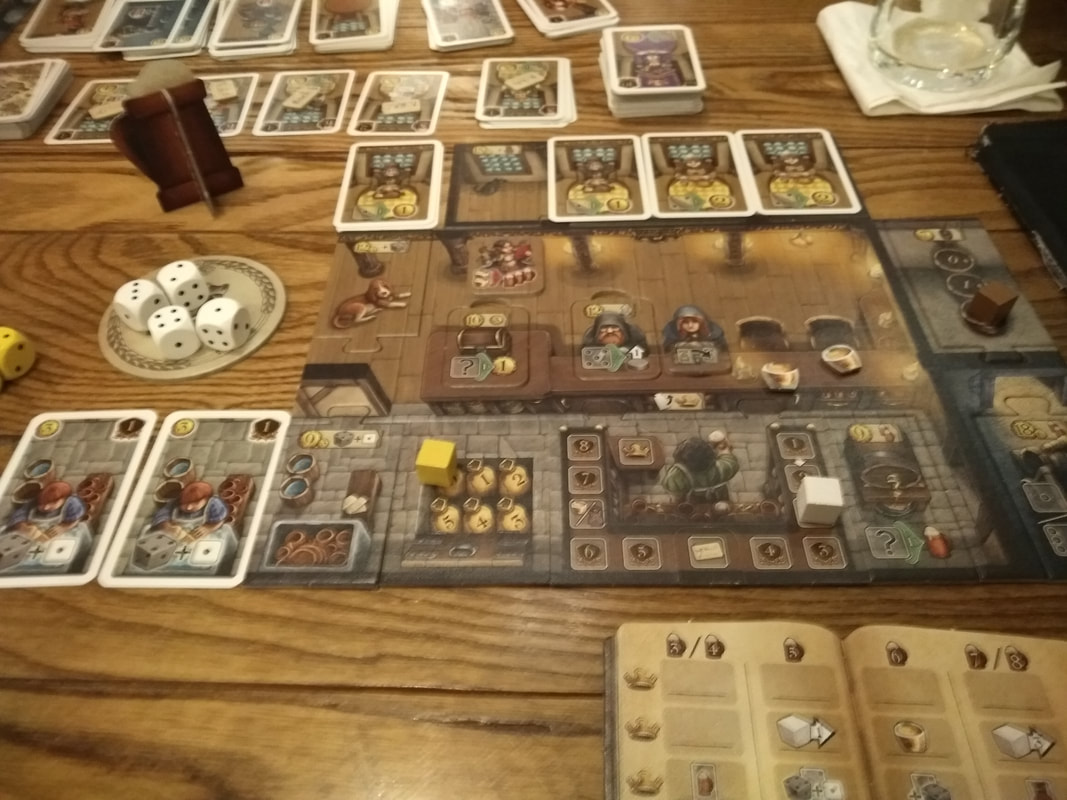
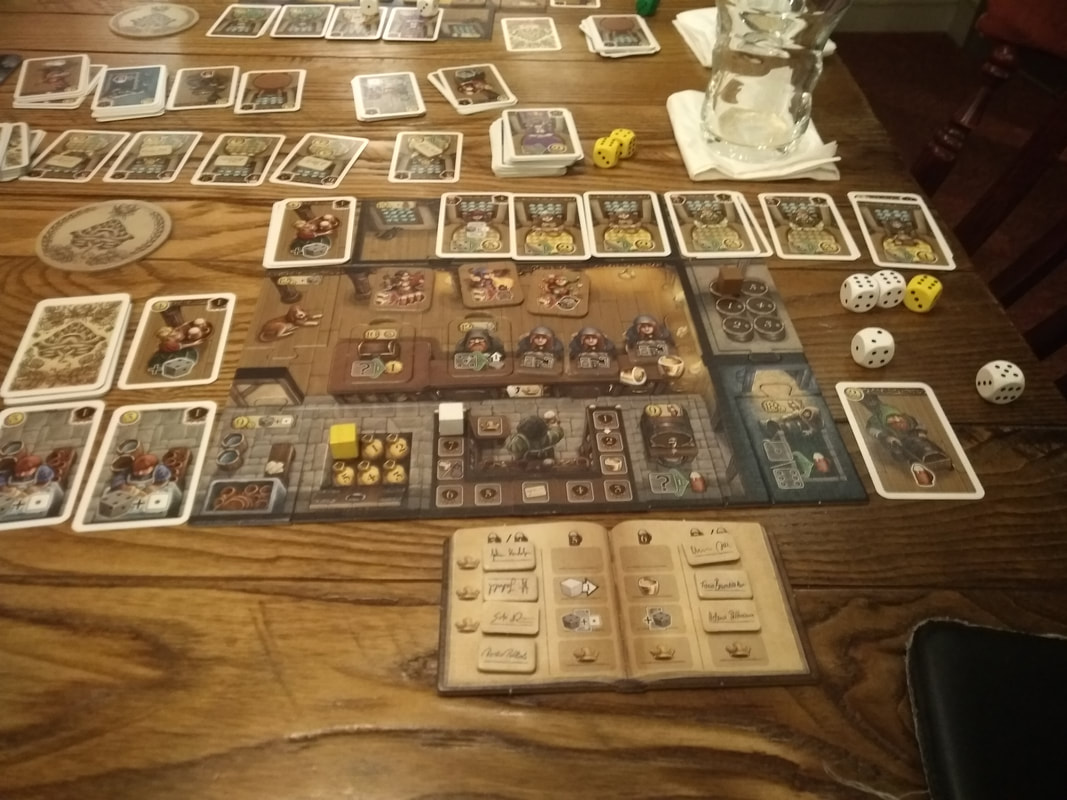
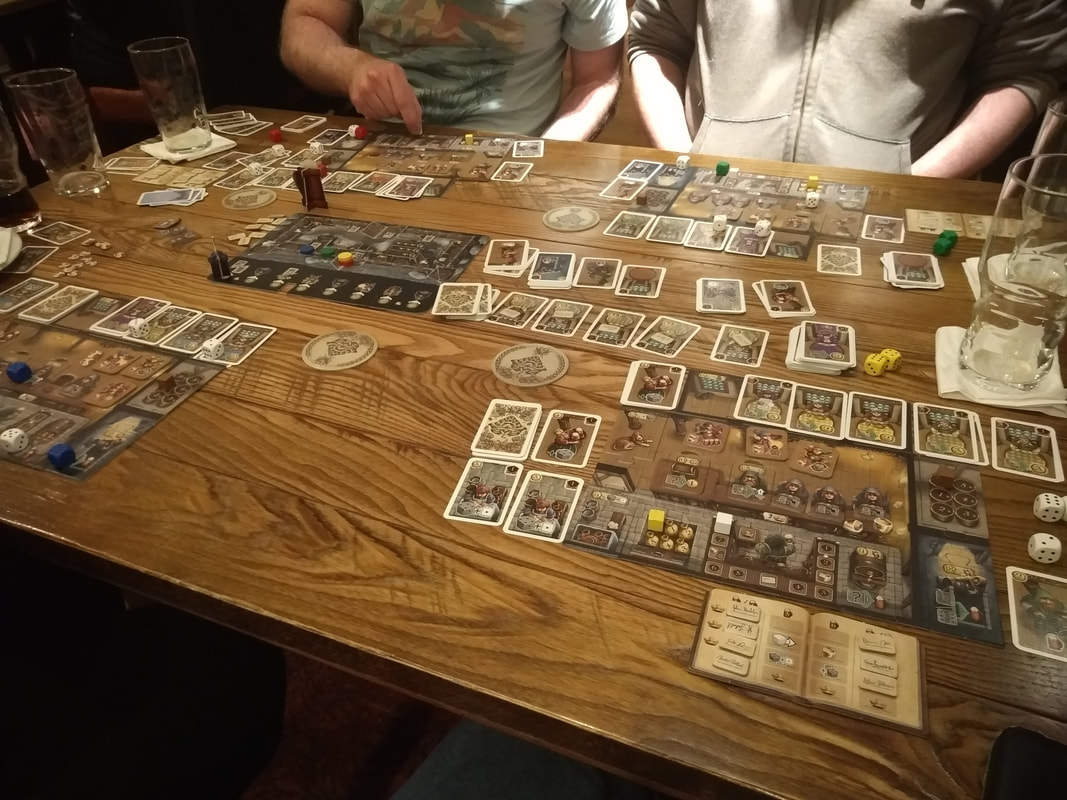
 RSS Feed
RSS Feed
